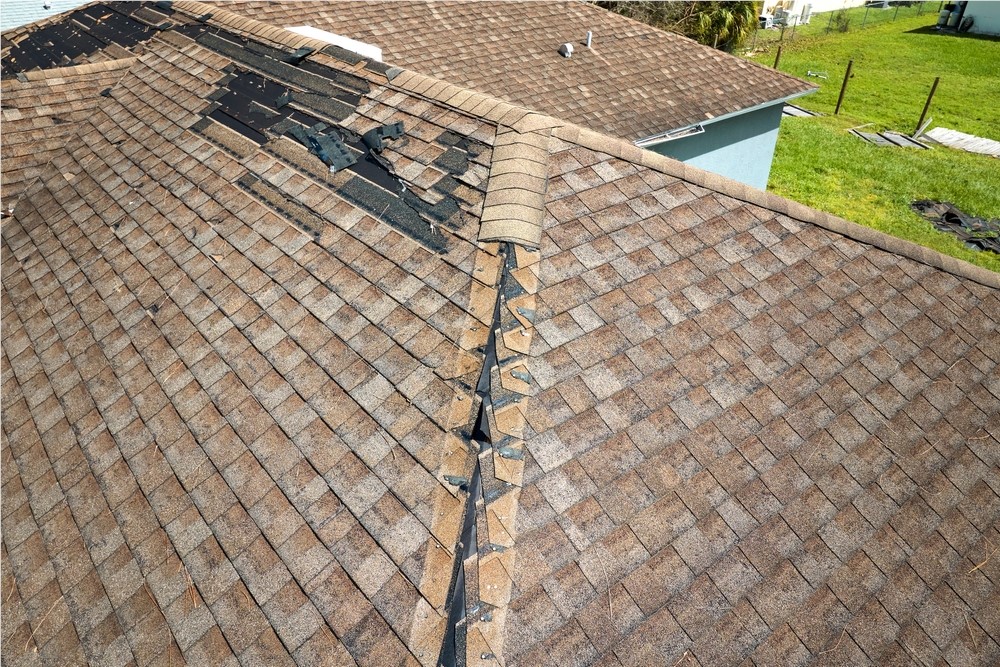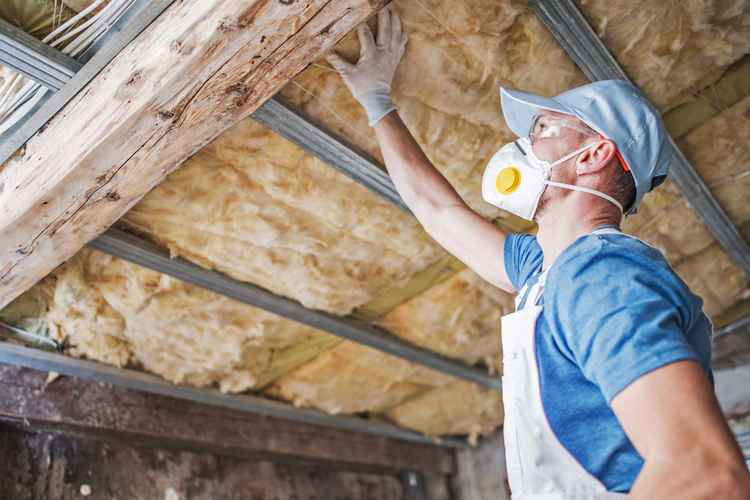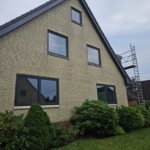North Carolina’s weather is as varied as it is unpredictable, creating unique challenges for homeowners. From intense summer heat to heavy rain and winter snow, roofs face significant wear and tear. These conditions often lead to leaks, which can cause extensive damage if left unaddressed. Identifying and addressing issues is crucial to maintaining a healthy roof.
Detecting a roof leak in North Carolina early prevents costly damage and ensures the longevity of your home. Seasonal changes, such as fluctuating temperatures and heavy precipitation, can weaken roofing materials. Let’s explore how North Carolina’s climate affects tops and what homeowners can do to protect their homes.
The Role of Heavy Rain in Causing Leaks
North Carolina experiences frequent rain, which can strain roofing materials over time. Prolonged exposure to water can seep into cracks or worn areas, leading to interior damage. Clogged gutters and poor drainage exacerbate the problem, causing water to pool. This excess moisture weakens the materials, making leaks inevitable without proper maintenance.
Rain also highlights weaknesses in flashing and sealants around chimneys and vents. When these elements fail, water can infiltrate and damage the underlayment. Over time, untreated leaks lead to structural damage and mold growth inside your home.
Damage from High Winds and Storms
Storms are common in North Carolina, often bringing high winds that damage roofing materials. Strong gusts can lift shingles, leaving the underlying layers exposed to moisture. Flying debris during storms can puncture or tear parts of the roof, creating entry points for water. Inspecting your roof after storms is essential to catching damage before it worsens.
High winds also affect older roofs with aging materials more severely than newer installations. Loose or weakened shingles are more likely to detach during stormy conditions. Reinforcing vulnerable areas and addressing signs of wear extends the life of your roof.
The Effects of Extreme Heat on Roofing Materials
North Carolina’s summers bring intense heat that can accelerate the deterioration of the materials. Prolonged exposure to high temperatures causes shingles to warp, crack, or lose their protective granules. This damage reduces the ability to repel water, increasing the risk of leaks. Heat can also cause sealants to dry out and lose their effectiveness, creating gaps for water intrusion.
Fluctuating temperatures cause thermal expansion and contraction, weakening structures. These changes stress materials, leading to cracks and separation between shingles. Proper ventilation in your attic reduces heat buildup and minimizes thermal stress.
Snow and Ice Damage During Winter Months
Winter weather in North Carolina can bring snow and ice, creating unique challenges for homeowners. Snow accumulation adds weight to a roof, straining the structure. Ice dams form when melting snow refreezes at the edge, trapping water behind it.
Cold temperatures can make shingles brittle and more prone to cracking. Repeated freeze-thaw cycles exacerbate this, weakening materials and increasing the risk of leaks. Inspecting it after winter weather ensures you catch and address damage early.
The Importance of Regular Inspections and Maintenance
Regular roof inspections are crucial for identifying weather-related damage before it becomes a serious problem. Professional assessments ensure all vulnerabilities, such as cracks, loose shingles, or worn sealants, are addressed promptly. Inspections should occur after significant weather events and during seasonal transitions. Consistent maintenance reduces the likelihood of damage.
Homeowners should also take time to visually inspect their tops from the ground regularly. Look for visible signs of wear, such as discoloration, warping, or missing shingles. Being proactive allows you to address potential issues before they escalate.
Detecting a roof leak in North Carolina will safeguard your property and minimize repair expenses. Rain, wind, heat, and snow pose unique challenges that require proactive care. Your roof can withstand North Carolina’s unpredictable weather with consistent effort and attention. A strong, leak-free top ensures peace of mind and keeps your home safe year-round.



